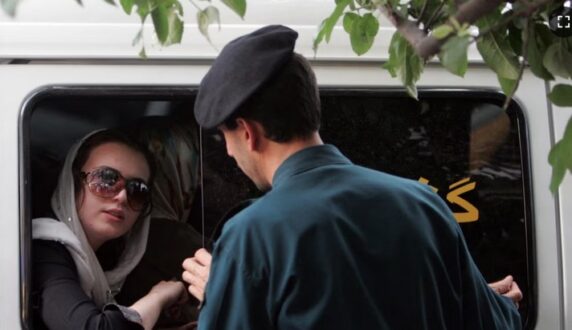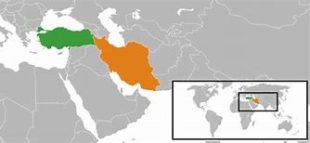RFL/RE – Iran’s Guardians Council has returned a chastity and hijab bill to parliament due to “ambiguities” in the legislation, which has drawn criticism both inside the country and abroad.
Hadi Tahan Nazif, the council’s spokesman, echoed arguments made by the Expediency Discernment Council that parts of the bill are inconsistent with the “general policies of the legislative system.”
The bill, which proposes extensive penalties for those opposing wearing the mandatory hijab, was returned for having “unclear boundaries in some cases, a lack of definitions for certain terms, ambiguities in relation to the resolutions of the Supreme Council of the Cultural Revolution, and some articles conflicting with the constitution due to increased public expenses or reduced public revenues without providing a way to compensate for it,” Nazif said.SEE ALSO:Special Report: The Protests That Shook Iran’s Clerical System
The Guardians Council earlier had questioned the definition of “immodesty,” a term frequently used in the bill. The concept of “cultural goods” related to chastity and the hijab was also deemed to be ambiguous, while some of the penalties mentioned in the bill, which referred to the “judiciary chief’s regulations,” were seen as conflicting with the constitution.
Parliament’s Cultural Commission has said the issues raised over the legislation “will be resolved by changing the terms in the judicial and legal commission.”
The hijab became compulsory for women and girls over the age of 9 in 1981, two years after the Islamic Revolution in Iran. The move triggered protests that were swiftly crushed by the new authorities. Many women have flouted the rule over the years and pushed the boundaries of what officials say is acceptable clothing.
The September 2022 death of Mahsa Amini, who died while in police custody for an alleged hijab infraction, unleashed a new wave of anger across the country, which has presented the Islamic regime with its biggest challenge since the revolution.
The Women, Life, Freedom protests and civil disobedience against the compulsory hijab have swept the country, involving tens of thousands of Iranians, many of whom were already upset over the country’s deteriorating living standards. Campaigns were also launched against the law, although many have been pressured by the state and forced to leave the country.
The protests have also been bolstered by the participation of celebrities, sports stars, and well-known rights activists, prompting a special mention of such luminaries in the legislation.
In the face of the unrest, some religious and government figures have repeatedly advocated for a tougher stance by the government against offenders, even going as far as encouraging a “fire-at-will” approach for law enforcement against noncompliant women.
While the protests have shown some signs of waning, resistance to the hijab is likely to increase, analysts say, as it is seen now as a symbol of the state’s repression of women and the deadly crackdown on society.
 Shabtabnews In this dark night, I have lost my way – Arise from a corner, oh you the star of guidance.
Shabtabnews In this dark night, I have lost my way – Arise from a corner, oh you the star of guidance.



